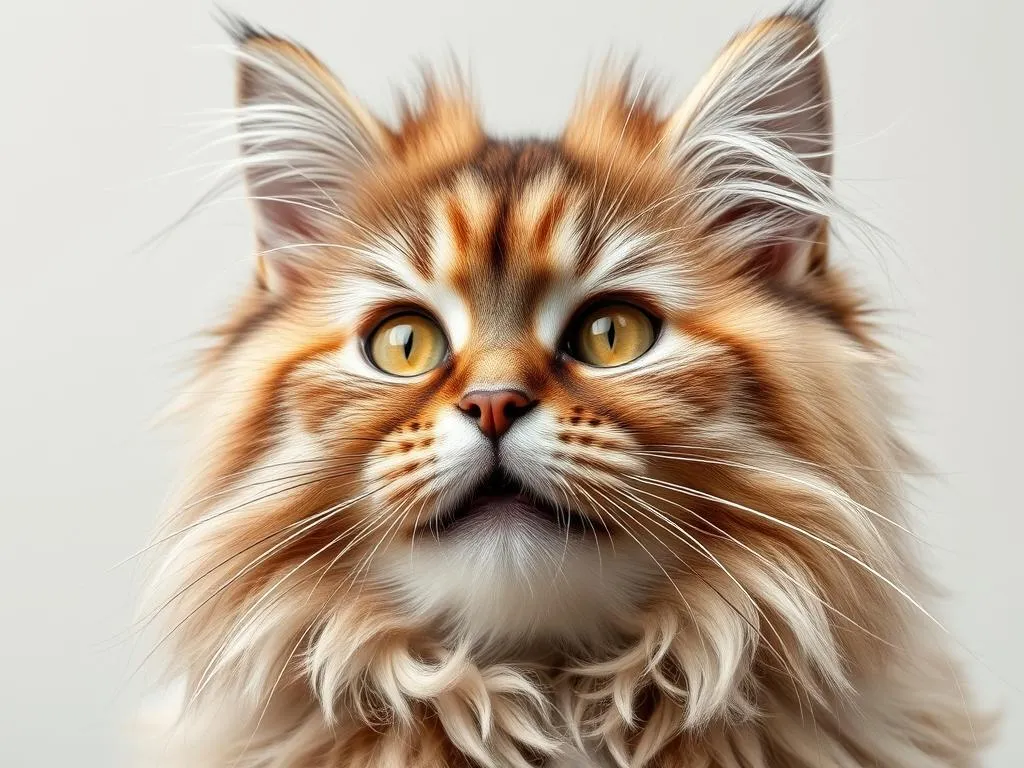
Introduction
When considering pet ownership, many potential pet parents wonder about the dynamics between different species, specifically will Havanese be good with cats? Understanding this relationship is crucial, especially if you are looking to bring a Havanese dog into a home that already has a feline resident or vice versa.
Overview of Havanese Breed
The Havanese is a small, toy breed that hails from Cuba. Originally bred as companion dogs for the Cuban aristocracy, these dogs are known for their charming disposition and affectionate nature. Havanese typically weigh between 7 to 13 pounds and stand about 8.5 to 11.5 inches tall at the shoulder. Their long, silky coats come in a variety of colors, which require regular grooming to maintain.
These dogs are characterized by their friendly temperament, making them excellent companions. They tend to be social and thrive on human interaction, which can play a significant role in their ability to coexist with other pets, including cats.
Importance of Understanding Dog-Cat Dynamics
Pet owners often have concerns about how different species will interact, particularly regarding aggression, territorial behavior, and play styles. Understanding these dynamics is essential to ensuring a harmonious household.
The benefits of having both a Havanese and a cat can be numerous, including companionship for both pets, increased socialization, and the enrichment of their lives through interaction with another species.
Understanding Havanese Temperament
Friendly and Affectionate Nature
Havanese dogs are known for their friendly and affectionate nature. They thrive on social interactions and are generally accepting of other pets. Their playful demeanor often leads to positive engagements with cats, especially if both pets are socialized properly.
Playfulness and Energy Levels
Havanese are playful dogs with moderate energy levels. They enjoy engaging in interactive play, such as fetch or tug-of-war, and they love to perform tricks for their owners. This playfulness can be beneficial when introducing a Havanese to a cat, as it may encourage a more relaxed and fun atmosphere during their first encounters.
Intelligence and Trainability
Havanese dogs are intelligent and eager to please, making them relatively easy to train. This trait is beneficial when teaching your Havanese how to behave around a cat. With proper training and reinforcement, you can guide your Havanese to interact gently and respectfully with their feline counterpart.
Factors Influencing Havanese-Cat Compatibility
Age and Socialization
The age at which a Havanese is introduced to a cat can significantly influence their ability to coexist. Puppies that are introduced to cats at a young age are more likely to develop a friendly relationship, as they are more adaptable and less likely to see the cat as a threat. Socialization is key; exposing a Havanese to different animals, including cats, can help cultivate a calm demeanor in various situations.
Best Practices for Introducing a Havanese to a Cat
- Gradual Introduction: Start by allowing both pets to smell each other’s bedding or toys.
- Controlled Meetings: Use a leash for the Havanese during initial meetings to maintain control.
- Positive Reinforcement: Reward both pets for calm behavior during the introduction.
Individual Personalities
Not all Havanese or cats have the same temperament. Individual personalities play a significant role in the relationship between the two species. Some cats are more tolerant and sociable, while others may be more territorial or skittish. Likewise, some Havanese may have a higher prey drive, which could influence their interactions with a cat.
Living Environment
The living environment can also affect the compatibility of a Havanese and a cat. A spacious home with distinct areas for each pet can help prevent territorial disputes. It’s essential to ensure that both pets have their own safe spaces where they can retreat when feeling overwhelmed.
Tips for Successful Coexistence
Introduction Techniques
Introducing a Havanese to a cat requires careful planning to foster a positive relationship. Here’s a step-by-step guide:
- Prepare Separate Spaces: Before the introduction, set up separate areas for each pet where they can feel secure.
- Use a Barrier: Consider using a baby gate to allow the pets to see and smell each other without direct contact.
- Short, Supervised Meetings: Initiate short meetings and gradually increase the duration as both pets become more comfortable.
Signs to Watch For During the Introduction Process
- Relaxed Body Language: Look for relaxed postures and wagging tails in the Havanese.
- Curiosity: Both pets should show interest in each other without aggressive behavior.
- Hissing or Growling: If the cat hisses or growls, it’s a sign to give them more space.
Creating Safe Spaces
Creating safe spaces for each pet is paramount to a peaceful coexistence. This includes:
- Designated Areas: Provide distinct areas for the cat to escape if they feel threatened.
- Vertical Spaces for Cats: Cats often feel safer when they can observe from a height. Consider adding cat trees or shelves.
Supervision and Interaction
Supervised playtime is crucial when introducing a Havanese to a cat. Here are guidelines to follow:
- Keep Sessions Short: Limit the initial interactions to prevent overstimulation.
- Monitor Body Language: Always keep an eye on both pets’ body language to intervene if necessary.
- Promote Bonding Activities: Engage both pets in activities that promote bonding, such as shared playtime or training sessions.
Common Challenges and Solutions
Behavioral Issues
Despite the best efforts, some challenges may arise in Havanese-cat relationships. Common issues include:
- Chasing: Havanese may instinctively chase a cat, triggering a fearful response. Redirecting this behavior through training and providing alternative outlets for energy can help.
- Jealousy: Introducing a new pet can lead to jealousy in your Havanese. Ensure that you provide equal attention and affection to both pets to minimize feelings of rivalry.
Health Considerations
Health issues can also impact the compatibility of a Havanese and a cat. Allergies or chronic conditions may require special attention.
- Regular Vet Check-Ups: Ensure both pets are healthy and up to date on vaccinations to avoid any health-related complications.
- Monitoring Allergies: Be aware of any allergies that may arise in either pet and consult a veterinarian for guidance.
Real-Life Experiences
Testimonials from Havanese Owners
Many Havanese owners report positive experiences with cats. For instance, one owner shared how their Havanese quickly adapted to their curious cat, forming a close bond through play. Conversely, some owners have faced challenges, such as their Havanese’s strong prey drive, which required consistent training and management.
Expert Opinions
Veterinarians and animal behaviorists often emphasize that while many Havanese can coexist peacefully with cats, success largely depends on the individual animals’ personalities and the owners’ commitment to training and socialization. Their insights reinforce the idea that early socialization and gradual introductions can lead to positive outcomes.
Conclusion
Recap of Key Points
In summary, when considering will Havanese be good with cats, it’s crucial to recognize the friendly and affectionate nature of Havanese, as well as the importance of socialization and individual personalities. Understanding these aspects can help ensure a harmonious relationship between your Havanese and cat.
Final Thoughts
For those contemplating bringing both a Havanese and a cat into their home, rest assured that with the proper approach, these two pets can live together harmoniously. The journey may require patience and effort, but the rewarding bond created between them will be worth it.
Call to Action
We encourage readers to share their experiences or ask questions in the comments section! Your stories and inquiries can help others navigate the complexities of introducing a Havanese to a cat.









